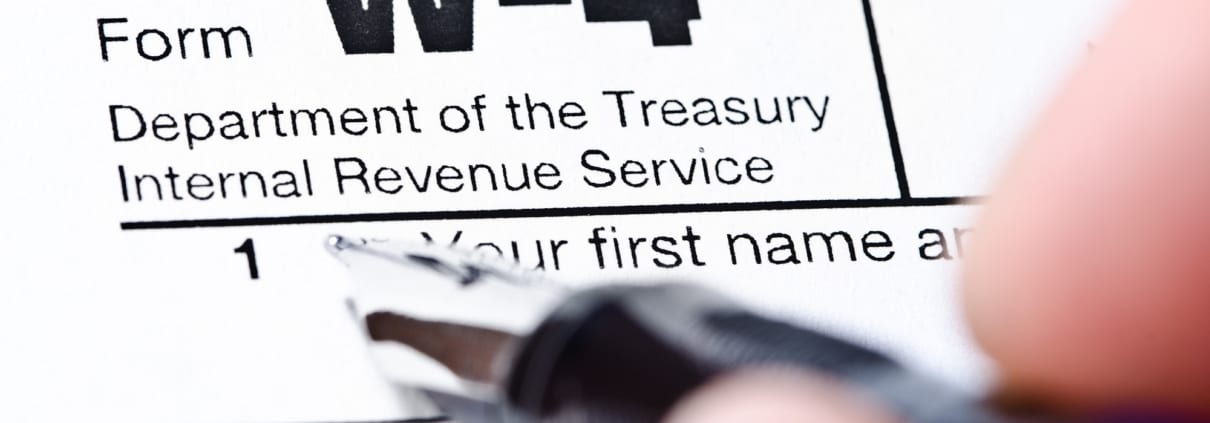The W-4 Changes You Need to Know
For 2020, the Internal Revenue Service (IRS) released a long-anticipated update to Form W-4. The document overhaul was precipitated by changes in the 2017 Tax Cuts and Jobs Act (TCJA). The goal of the redesign was to reduce complexity, support transparency, and increase accuracy of the withholding system.
The biggest change to tax withholdings is that the IRS is no longer using the allowance system on Form W-4. This is because, prior to the TCJA, withholding allowances were tied to the amount of the personal exemption. Under the TCJA, taxpayers cannot currently claim either personal or dependency exemptions.
In spite of the updates, employees who have already completed Form W-4 for their current job are not required to complete the new form. They do, however, have the option to do so. The IRS strongly encourages taxpayers to regularly check their withholdings and update them if need be. To determine if you should update your tax withholding, visit the IRS Tax Withholding Estimator.
What do employees need to know?
The new form is divided into five steps. Only Step 1 (personal information) and Step 5 (signing the form) are required. Steps 2-4 are optional but should be completed if they apply to your situation. The updated Form W-4 is designed with the goal of making taxpayers’ withholdings match their tax liabilities more frequently.
What do employers need to know?
The new Form W-4 is available now and should be used for any wages to be paid after 2019. Any employee who is first paid in 2020 must use the new Form W-4. Additionally, any current employees who wish to update their withholdings must also use the new version. If an employee fails to furnish their W-4, treat them as a single filer with no adjustments.
For a detailed FAQ on the updates to Form W-4, visit irs.gov.





